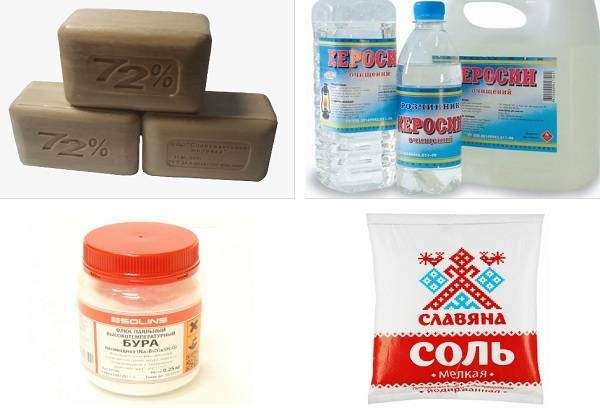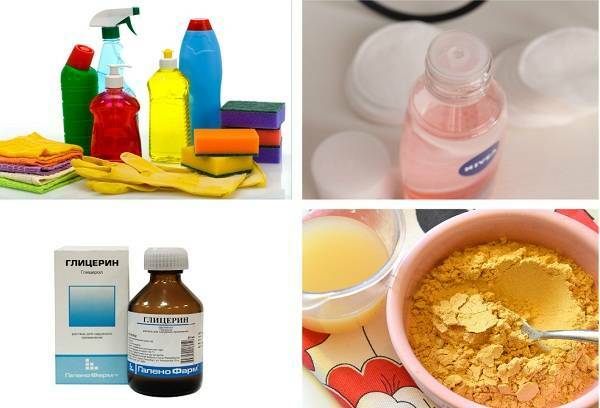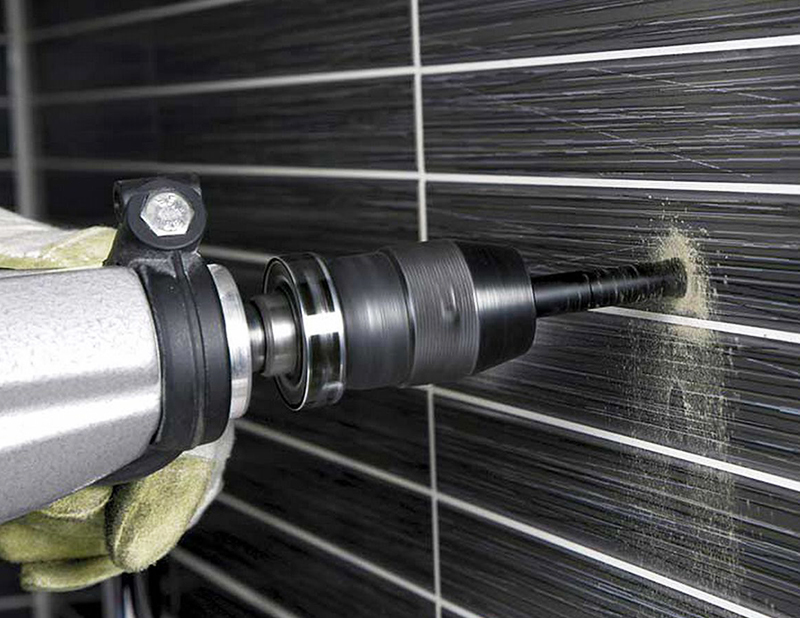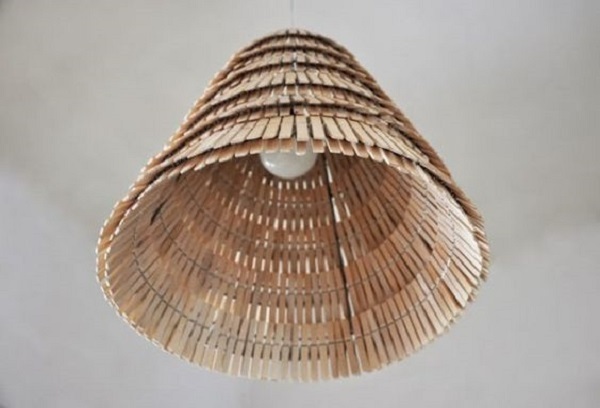Content:
- Traditional tools and how to use them
- Unusual, yet effective approaches to
- What is the best way to handle delicate fabrics?
One careless movement and a festive dress, a strict office blouse or new pants are covered with stains from mascara. Considering the fact that this product every year makes it more and more resistant, washing it off clothes and not damaging the material is not so simple, but possible. First of all, you need to evaluate what reagents are available, because there will be no time to run to the store.

Dried black, brown or colored stains are very difficult to remove by yourself. When the situation is difficult, it is better not to take risks at all. If the standard washing has not produced a result( by the way, it is recommended that you do not load anything more with the spoiled thing), you should immediately go to a dry cleaner, they will certainly cope with the problem. Fresh pollution can be tried by removing the improvised means, which we choose depending on the color and type of fabric.
Traditional means and rules for their use
There are universal products that can be used to handle things of any color, but only if the fabric is not very demanding. At home, mascara can be washed with one of the following products:
- Laundry soap. First, a spoiled item needs to be damped in lukewarm water, then lather abundantly. Well, if you have at hand is not an ordinary soap, and "Antipyatin" or something like that. Next, we erase the thing by hand. You can repeat it several times until the stain disappears. Then you need to wash the product in the typewriter. Small table salt. This approach is best used when working with the skin or its substitute. The salt is mixed with water in such proportions that a dense mass is obtained. It is applied to a place where traces of mascara are present. If possible, leave for a day, after which we clean the mass with a soft brush. In addition, you can wipe the area with a cloth dampened in purified turpentine. We erase the object as usual.

- Bura. Read the composition of the cosmetic product. If it means an aqueous solution of shellac and soot, leave the contamination to dry up and go to the drugstore after the brown. A couple of grams of the product is diluted in 30 ml of water, put on a stain and leave for half an hour. Wash the product in warm water several times, after which we send it to the typewriter. In general, with the help of borax, you can try to wash any mascara, regardless of its composition.
- Stain remover. It is better if it is liquid or aerosolized. Apply the product in accordance with the recommendations in the instructions, after which we erase as usual in a typewriter or manually.
- Purified kerosene. Optimum effect on woolen fabric, even if it is very thin. Just treat the pollution, wait 10 minutes and wash. Post hang dry in the fresh air.

Usually, one approach is enough to achieve a positive result, but if necessary, several circles can be made, the quality of the fabric should not suffer from this.
Unusual, but effective approaches to
It happens that none of the above is not at hand. In this case, it is worth checking whether it is possible to use one of the following products:
- Mustard powder. With its help, it is possible to wash the dirt even from silk. Just dilute the dry matter with clean water to the state of the paste, which we put on the problem site. We leave all this for knocking. After the specified time, we clean the dried out paste, and the thing is rinsed in cool water. If necessary, we wash it by hand or in a typewriter.
Tip: To remove mascara from very dense fabric, including upholstery upholstery, you can use an eraser or sandpaper with very fine sputtering. In this case, you will have to wait until the composition dries, after which you need to gently rub the problem area, and the remaining grease spots will have to be removed by one of the listed means.

- Glycerin. Very effective method, especially when fighting stains on leather products. The composition is applied to the traces of the cosmetic product and the material is gently processed with a soft cloth. Wipe the remainder of the mass with a damp cloth. It should be noted that the color of the product may change slightly, it will need to be repainted.
- Make-up remover liquid. Just drip a few drops of product on the contaminated area, wait a few seconds and then wash the cloth in clean water. We repeat as many as necessary. After that, the thing is better to wash, becauseon the matter can remain fatty traces.
- Liquid for washing dishes. We put it on the sponge, which we soak the stain until it begins to disappear just before our eyes. Then wait 10 minutes and send the product to the wash.
In spite of the fact that the given preparations are repeatedly tested in practice, before they are used it is recommended to make sure the composition is safe for a specific case. To do this, we put it on the hidden part of the fabric and, after waiting a couple of minutes, wash it off.
What is the best way to handle delicate fabrics?
When working with garments of capricious fabric, you need to act not only cautiously, for such products it is better to use special tools. Here are the safest, but quite effective reagents:
- Low-fat milk. Liquid should be slightly heated and applied to the problem area. We wait at least a quarter of an hour and rinse the product in warm water. Repeat several times, if it is required.

- Hydrogen peroxide and ammonia. Ideal for influencing delicate matter in white. In a glass of slightly warm water, we dilute a teaspoon of ammonia and 3% hydrogen peroxide. In the resulting composition, wet the cotton pad and apply it to the spot. After a couple of minutes, we remove cotton wool and cloth in warm water.
In addition, you can use professional tools to combat stains from cosmetics. Only need to take into account the fact that by sending a stained garment to the machine, you can spoil other things or increase the area of damage to the material. So it's better to pre-treat.



